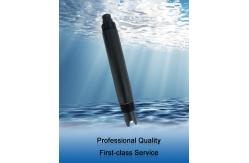Dual High Impedance Online PH Sensor Immersion Mounting
|
Dual High Impedance KPH601 Online PH Sensor Differential AmplifierKPH601 Online PH Sensor Signal Output: RS-485 (Modbus/RTU Protocol)1.CalibrationBoth the zero point, the point where the pH electrode delivers 0 mVpotential and the slope of the calibration line show manufacturing dependent tolerances and will change after exposure to the measuring solutions. Therefore the pH electrode has to be calibrated with accurately defined buffer solutions. In order to make an exact calibration, the zero point of the measuring chain has to be known. This is generally at pH 7. Two buffer solutions chosen according to the desired accuracy and measuring range should be used. The value of the first buffer solution should be close to zero mV (at pH 7). The second buffer solution should have a pH value within the measuring range. It should be noted that the two buffer solutions must have a difference in pH values of at least two pH units. As already mentioned, the pH value is temperature dependent. Therefore, it is important that the temperature curve of the buffer is known. Additionally, the buffer and the electrode must be at the same temperature, or you must wait for the temperature to reach equilibrium. The zero point calibration (pH 7, first buffer) always has to take place before the slope calibration (with a pH value close to the measuring value, second buffer) except when working with a microprocessor controlled system. If a very accurate measurement is required, it is advisable to repeat the zero point calibration after the slope calibration.
The following factors directly influence the accuracy of the calibration as well as the pH measurement: • Buffer solutions • Temperature measurement and temperature compensation • Condition of the junction and the reference system (contamination, etc.) • Working technique The stability of the zero point and the slope depends on the composition of the measuring solution as well as on the temperature. It makes little sense to make general statements regarding the calibration frequency. Therefore, when working with unknown solutions it is advisable to repeat the calibration often in the beginning. When the calibration values are stable, the calibration frequency may be extended. In general the calibration frequency depends on the desired accuracy. To be able to calibrate during the process, an electrode in a retractable housing is very useful. 2.Technical Specifications
3.Dimensional DrawingNote:The sensor connector is M16-5 core waterproof joint male head. 4.InstallationNote: The sensor should not be installed upside down or horizontally when installed, at least at an angle of 15 degrees or more. Contact UsWebsite www.kacise.com Phone +86-17719566736 Email sales@kacise.com Location Tangyan South Road, High-tech Zone, Xi'an City, Shaanxi Province, China
|
||||||||||||||||||||||||||||||
| Product Tags: Dual High Impedance Online PH Sensor Immersion Mounting Online PH Sensor NTC Online PH Sensor |
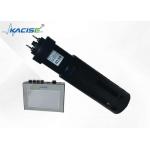
|
Low Maintenance Of The KWS-850 On-line Multi-parameter Water Quality Sensor |
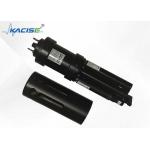
|
KWS-850 Water Quality Sensor For Simultaneous Measurement Of Dissolved Oxygen / COD / Conductivity |
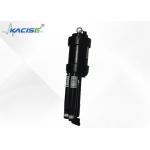
|
KWS-850 On-line Multi-parameter Water Sensor High Accuracy Turbidity Measurement For Wastewater Treatment Plants |
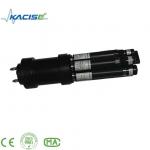
|
Power Consumption 5W 12V KWS-850 Multi-Parameter Water Quality Sensor For Water Monitoring |
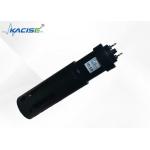
|
KWS-850 On-line Multi Parameter Sensor For Dissolved Oxygen And COD Measurement |
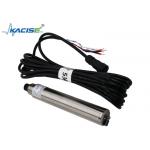
|
Scattered Light Method KWS-950S Online TSS Sensor For 0 To 2000 Mg/L Range |

